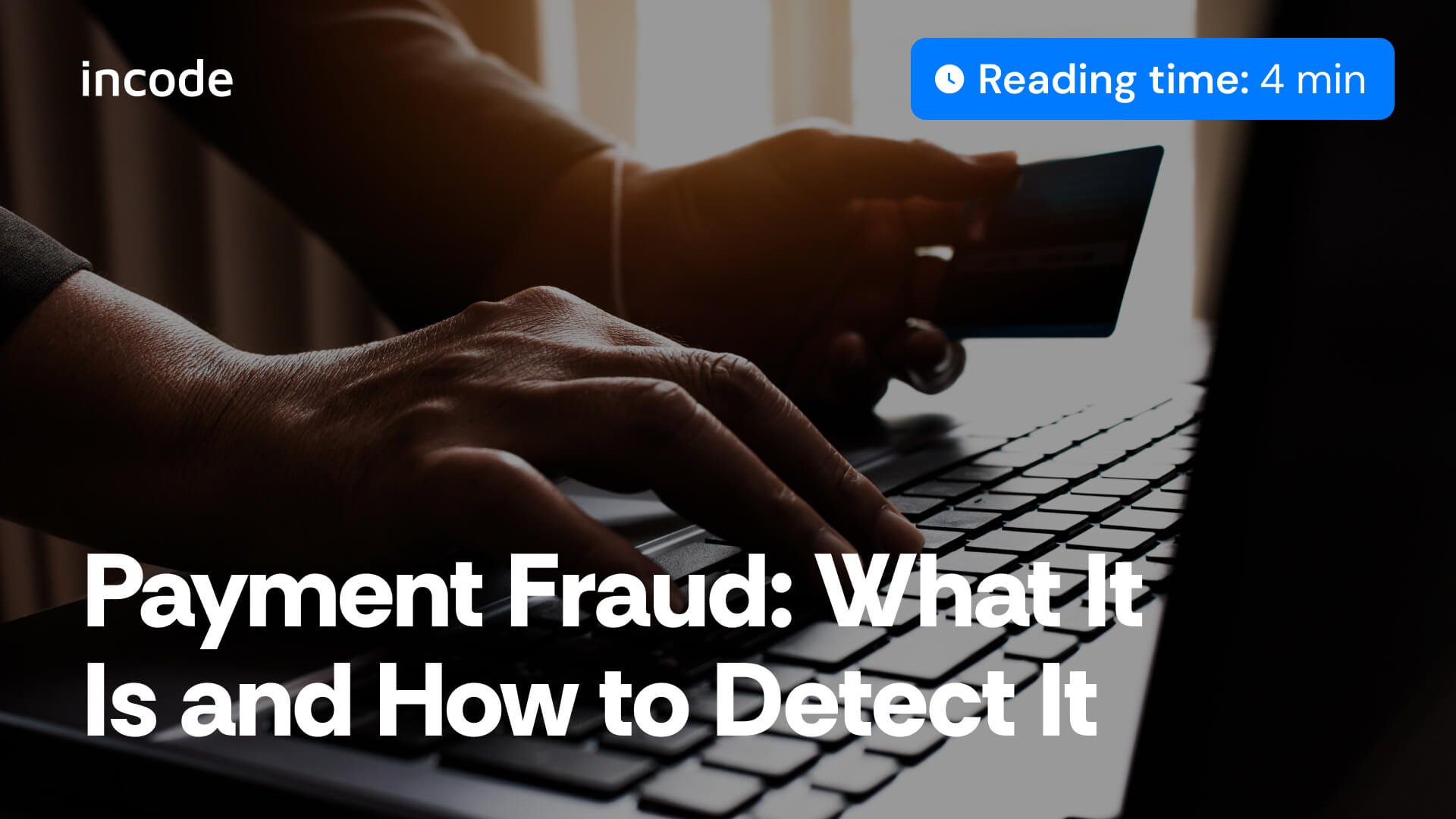Payment Fraud: What is It & How to Prevent it?
Payment fraud refers to illicit activities where unauthorized transactions are conducted using stolen financial information, posing significant risks to businesses and consumers alike. Even with proactive measures in place, businesses may still fall victim to payment fraud. Understanding the various types of fraud and their methods is essential to proactively defend against them.
This article aims to provide businesses with essential insights into fraud prevention strategies, empowering them to protect their operations and customers effectively against fraudulent activities.
What is Payment Fraud?
Payment fraud is any type of unauthorized transaction using stolen or counterfeit financial information, spanning credit card theft, phishing, and identity fraud, posing risks to individuals and businesses. The goal of payment fraud is to unlawfully obtain funds or goods through fraudulent means, posing significant financial risks to businesses and individuals alike.
By comprehending the methods and tactics used by fraudsters, businesses can implement security measures and fraud prevention strategies. This includes deploying advanced authentication technologies, conducting regular fraud assessments, and educating employees and customers on fraud awareness and prevention.
Proactive measures not only help mitigate financial risks but also enhance trust, safeguard brand reputation, and ensure compliance with regulatory requirements in the ever-evolving landscape of digital transactions.
Common Types of Payment Fraud
Payment fraud manifests in various forms that exploit vulnerabilities in financial transactions. Understanding these common types of payment fraud is crucial for implementing effective prevention strategies and safeguarding against financial losses. Some of the common types of payment fraud include:
Phishing
Phising involves fraudulent attempts to obtain sensitive information such as usernames, passwords, and credit card details by masquerading as a trustworthy entity in electronic communications. Fraudsters often use deceptive emails, websites, or messages to lure victims into providing their personal or financial information.
Skimming
Skimming is the illicit practice of stealing credit card information during legitimate transactions. Look out for install devices, known as skimmers, on ATMs, point-of-sale terminals, or gas pumps to capture card details, which are then used for unauthorized purchases or withdrawals.
Identity Theft
Identity theft is when a fraudster obtains and uses someone else’s personal information, such as Social Security numbers or driver’s license details, to commit fraudulent activities. This can include opening new accounts, making purchases, or accessing financial accounts without the victim’s consent.
Friendly Fraud
Friendly fraud, also known as chargeback fraud, occurs when a legitimate account holder disputes a transaction with their financial institution, claiming it was unauthorized or fraudulent. In reality, the transaction was authorized by the cardholder, leading to financial losses for businesses due to chargeback fees and potential loss of goods or services.
Clean Fraud
Clean fraud is using stolen credit card information to make purchases without triggering suspicion from fraud detection systems. Fraudsters may use legitimate-looking transactions and bypass security measures by using valid card details, making it challenging for businesses to detect fraudulent activities until after the transaction is completed.
Payment Fraud Detection
Payment fraud detection is essential for businesses to proactively identify and mitigate risks associated with unauthorized transactions. Implementing effective detection techniques and monitoring systems is crucial for safeguarding financial assets and maintaining trust with customers.
Common Detection Techniques
Detection techniques for payment fraud include real-time transaction monitoring, anomaly detection algorithms, and behavioral analytics. These methods analyze transaction patterns, customer behavior, and historical data to identify suspicious activities indicative of fraud. By leveraging these technologies, businesses can swiftly detect and respond to potential threats before they escalate.
Importance of Monitoring & Alerts
Monitoring transactions in real-time and setting up alerts for unusual activities are critical practices in payment fraud prevention. Prompt alerts notify businesses of suspicious transactions, enabling them to take immediate action, such as freezing accounts or initiating fraud investigations. Proactive monitoring not only minimizes financial losses but also enhances fraud prevention strategies, mitigating the impact of payment fraud on business operations and customer trust.
Tips for Payment Fraud Prevention
Payment fraud prevention is essential for both individuals and businesses to safeguard financial assets and protect against unauthorized transactions. The goal is to be proactive with protection!
Tips for Individuals
- Monitor Account Activity: Regularly review bank and credit card statements for unauthorized transactions or suspicious activity.
- Use Strong Authentication: Enable multi-factor authentication (MFA) for online accounts and payment services to add an extra layer of security.
- Be Cautious with Personal Information: Avoid sharing sensitive information such as passwords, PINs, or Social Security numbers through insecure channels or with unfamiliar parties.
Tips for Businesses
- Implement Secure Payment Systems: Use encrypted payment gateways and secure checkout processes to protect customer data during transactions.
- Educate Employees and Customers: Provide training on recognizing phishing scams, identity theft, and other fraudulent tactics. Encourage strong password practices and awareness of social engineering tactics.
- Monitor Transactions Proactively: Use real-time transaction monitoring and anomaly detection tools to identify and respond to suspicious activities promptly. Establish protocols for handling fraud incidents and conducting thorough investigations.
Incode: The Solution for Payment Fraud Protection
Incode stands at the forefront of payment fraud protection, offering solutions designed to mitigate risks and ensure secure transactions for businesses of all sizes. By leveraging advanced technologies such as real-time transaction monitoring, AI-powered anomaly detection, and secure payment gateways, Incode provides comprehensive protection against unauthorized activities. Explore how Incode’s proactive approach to fraud detection and prevention can safeguard your business’s financial integrity and foster trust with customers. Visit Incode to learn more and fortify your defenses against payment fraud.

